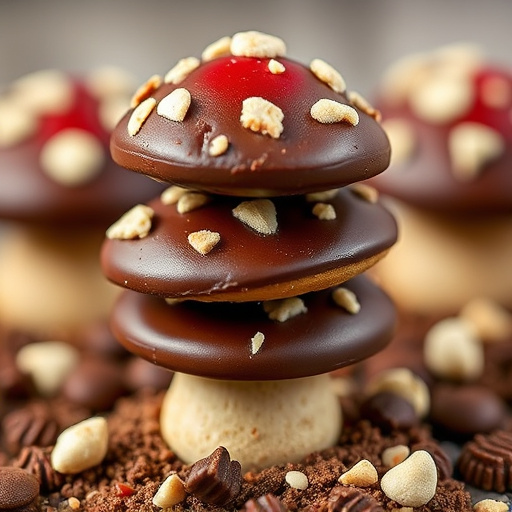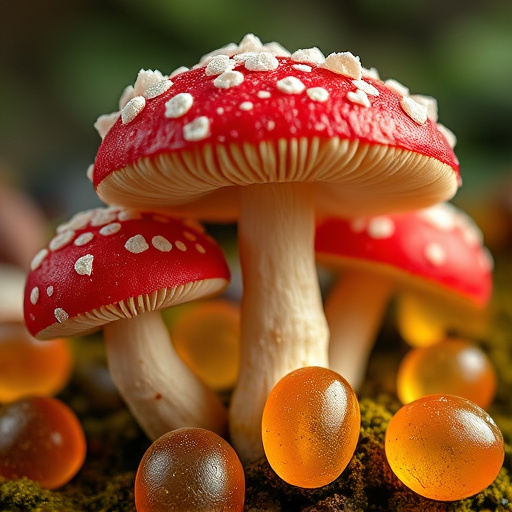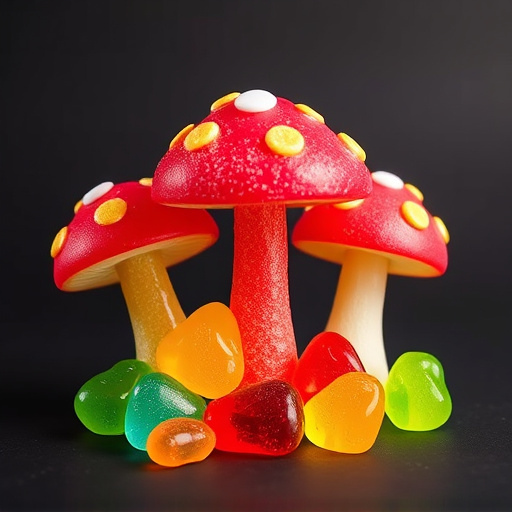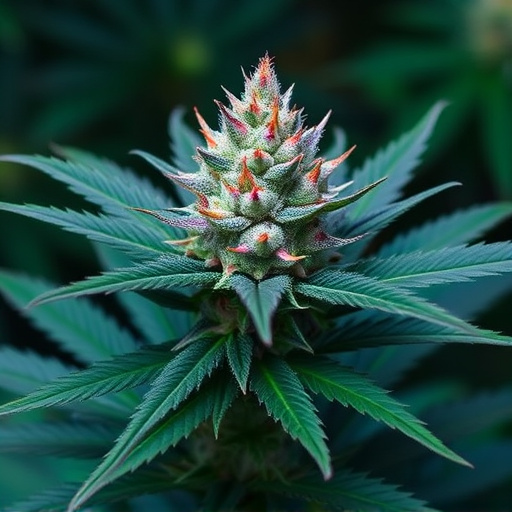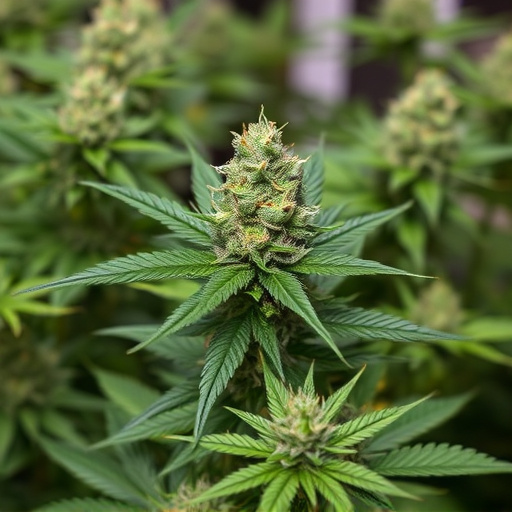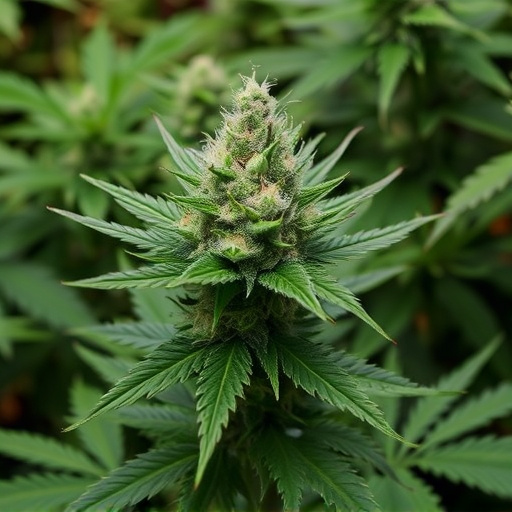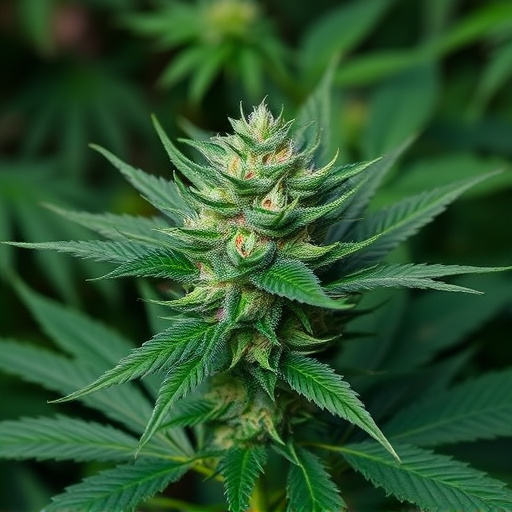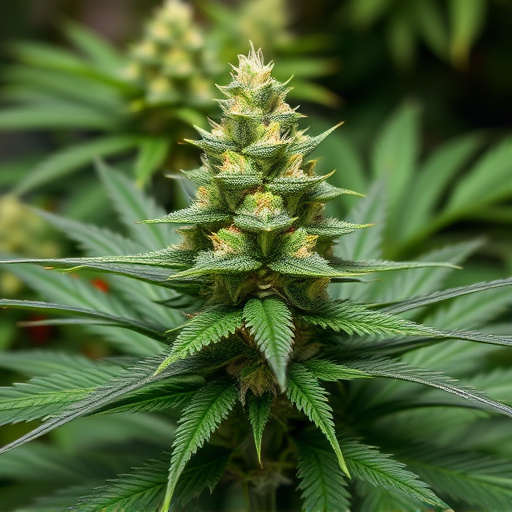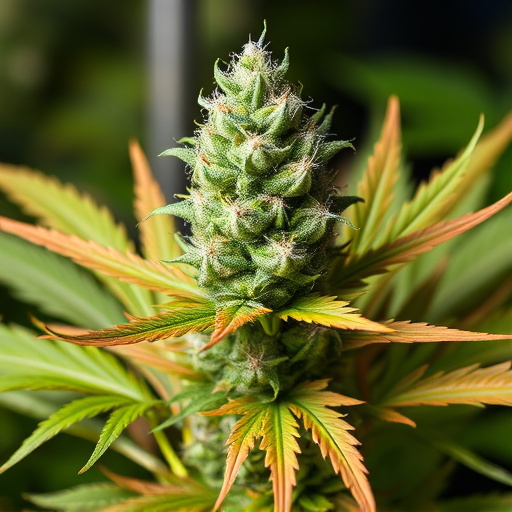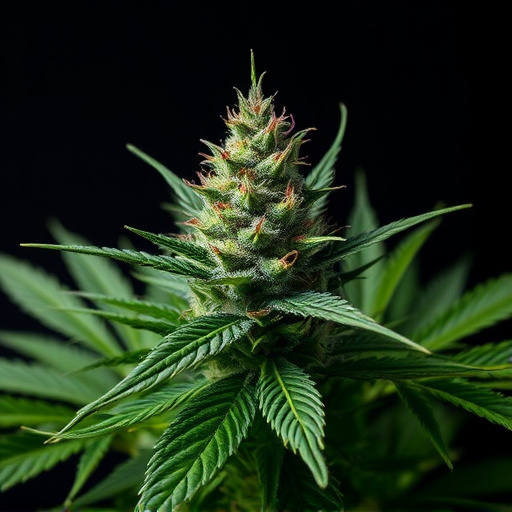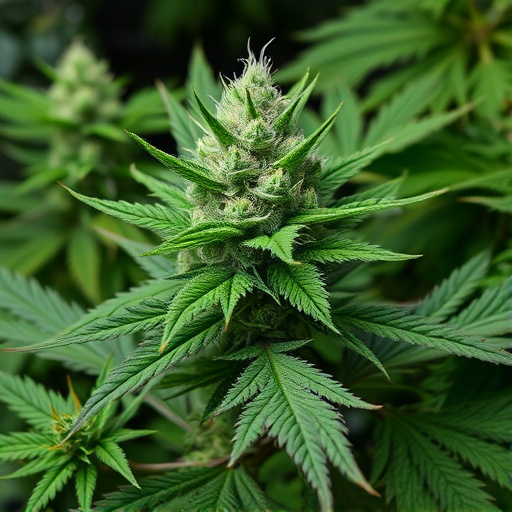Dried-out weed (dry/brittle cannabis) is caused by environmental factors and reduces resin production, aroma, and potency. Indica strains are more resilient than Sativa varieties. Early detection is key as it impacts therapeutic benefits. Various cannabis strains offer unique properties for rejuvenation: Sativas stimulate growth, Indicas promote relaxation, and Hybrids balance both. Restoring dried weed requires tailored techniques based on strain severity and humidity control to avoid mold.
Restoring dried-out weed is a crucial skill for any enthusiast, as it can revive the plant’s potency and quality. This article explores the science behind this process, delving into the causes and effects of wilting cannabis. We uncover the unique restoring properties of various types of cannabis strains, offering insights into their specific benefits. Additionally, we provide effective restoration techniques to ensure your dried cannabis regains its vibrant health, with practical tips tailored for optimal results.
- Understanding Dried-Out Weed: Causes and Effects
- Different Cannabis Strains and Their Unique Restoring Properties
- Effective Restoration Techniques for Dried-Out Cannabis
Understanding Dried-Out Weed: Causes and Effects
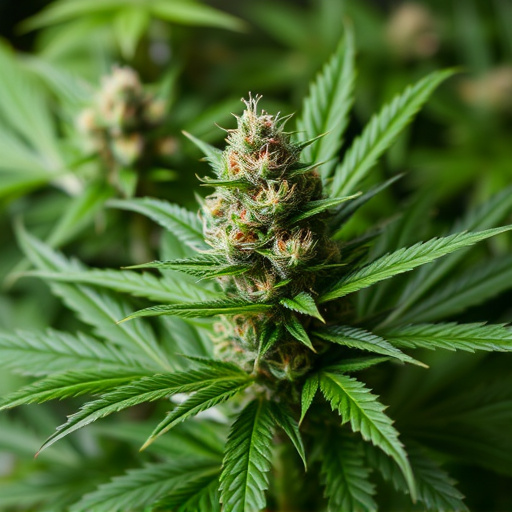
Dried-out weed, also known as dry or brittle cannabis, is a common issue among enthusiasts and growers alike. Understanding its causes and effects is crucial when it comes to restoring its quality and potency. Cannabis plants can undergo various environmental stressors that lead to dehydration, one of the primary reasons for this condition. Factors such as inadequate humidity, excessive sunlight, or improper temperature control can accelerate the drying process, causing the plant’s resinous glands to produce less sticky resin. As a result, the flowers become dry, brittle, and may lose their vibrant colors and aromatic profiles.
Different types of cannabis strains vary in their sensitivity to these conditions. Indica strains, known for their relaxing effects, tend to be more resilient and can retain their quality better during periods of low humidity. Sativa varieties, on the other hand, often require higher humidity levels and may be more prone to drying out if not carefully monitored. Recognizing the signs early is essential; dried-out weed not only impacts its sensory appeal but also affects the overall potency and therapeutic benefits associated with specific strains.
Different Cannabis Strains and Their Unique Restoring Properties
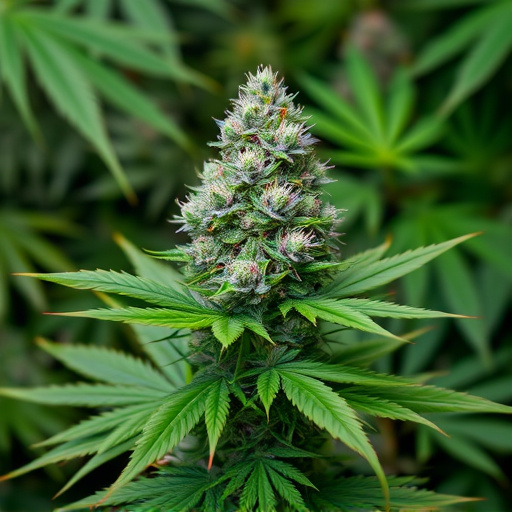
Cannabis, with its diverse range of strains, offers a wealth of options for those looking to restore and revive dried-out weed. Each strain possesses unique properties that can cater to specific needs when it comes to rejuvenation. Sativa strains, known for their uplifting and energizing effects, often contain higher levels of THC, which can stimulate growth and metabolism in the plant material. Indica, on the other hand, with its relaxing and sedative qualities, may have a more profound impact on the overall vitality of the weed, promoting better root development and overall health.
Hybrid strains combine the best of both worlds, offering a balanced spectrum of effects that can enhance various aspects of restoration. For instance, a balanced hybrid might stimulate growth through its sativa influence while providing the necessary relaxation to support the plant’s recovery. Exploring different types of cannabis strains allows for a tailored approach to restoring dried-out weed, ensuring each plant receives the specific benefits it needs to flourish once again.
Effective Restoration Techniques for Dried-Out Cannabis
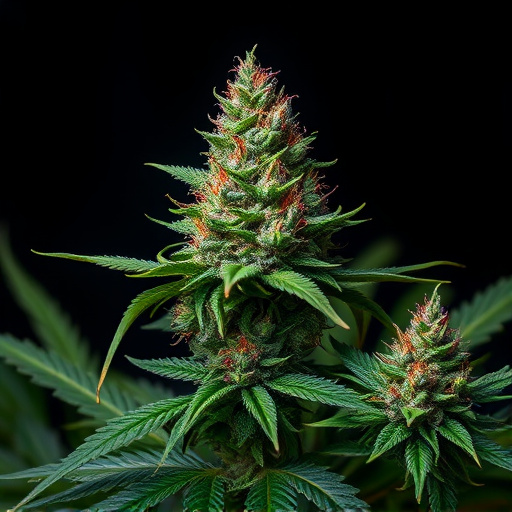
Restoring dried-out cannabis, or “weed,” involves techniques tailored to different types of cannabis strains. First, assess the severity of dehydration and the specific strain at hand. Some varieties are more resilient than others. For instance, indica strains often retain their structure better during drought compared to sativas, which can become brittle and prone to breakage.
Techniques vary from simple hydration methods like misting or immersing the plant material in water, to more advanced techniques such as using humidity chambers or controlled environmental setups. Essential is a consistent, measured approach to avoid over-hydration, which can lead to mold and rot. Understanding the unique needs of each cannabis strain will significantly enhance your restoration efforts.
Restoring dried-out weed is a delicate process that involves understanding the causes, recognizing the effects, and leveraging the unique properties of different cannabis strains. By employing effective restoration techniques, enthusiasts can revive their plants and enjoy the full potential of each strain. With knowledge in hand, you’re equipped to navigate the intricate world of cannabis care and preservation, ensuring your plants remain vibrant and healthy.
